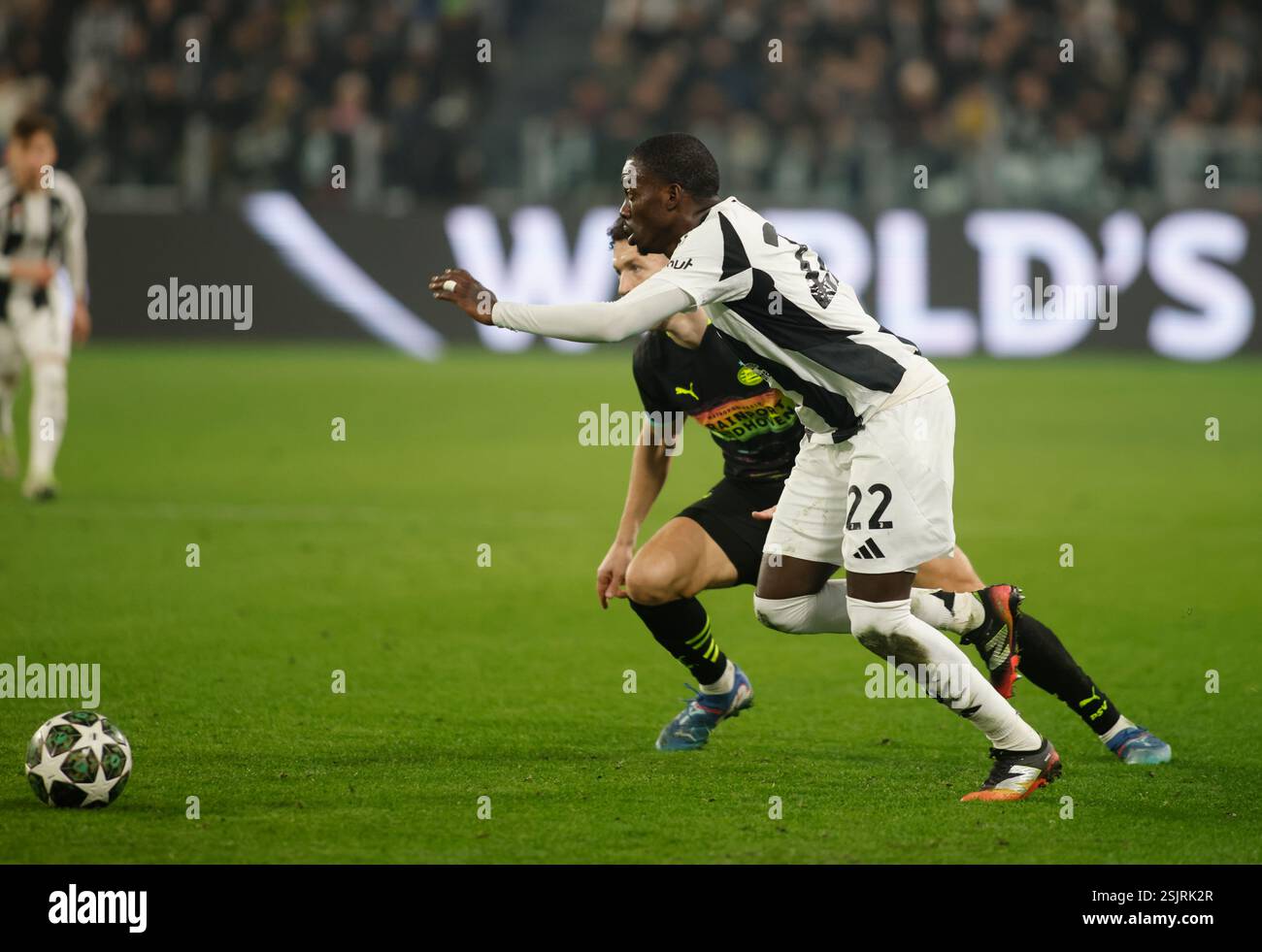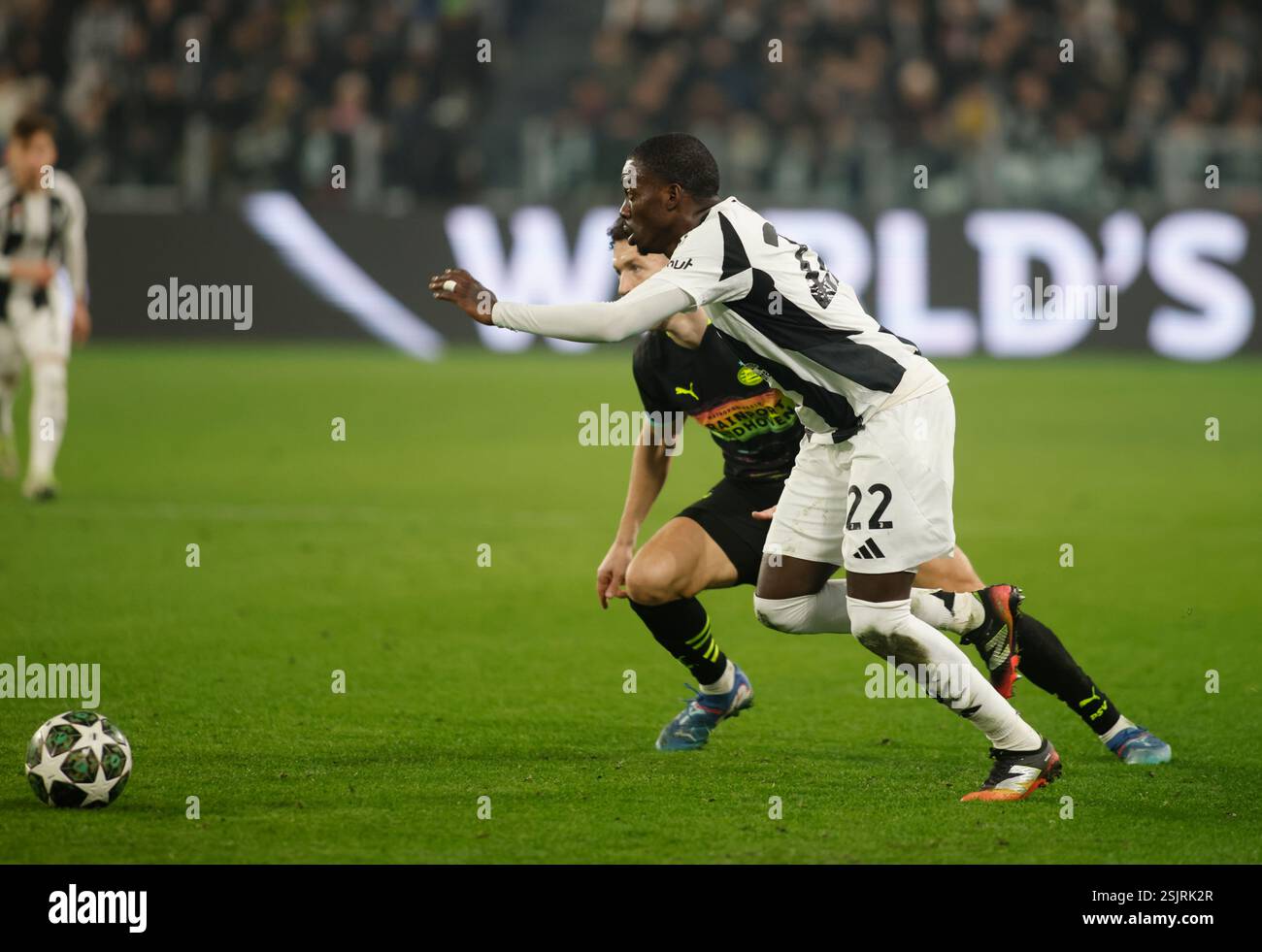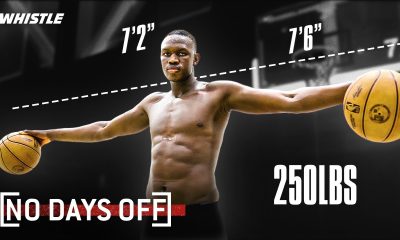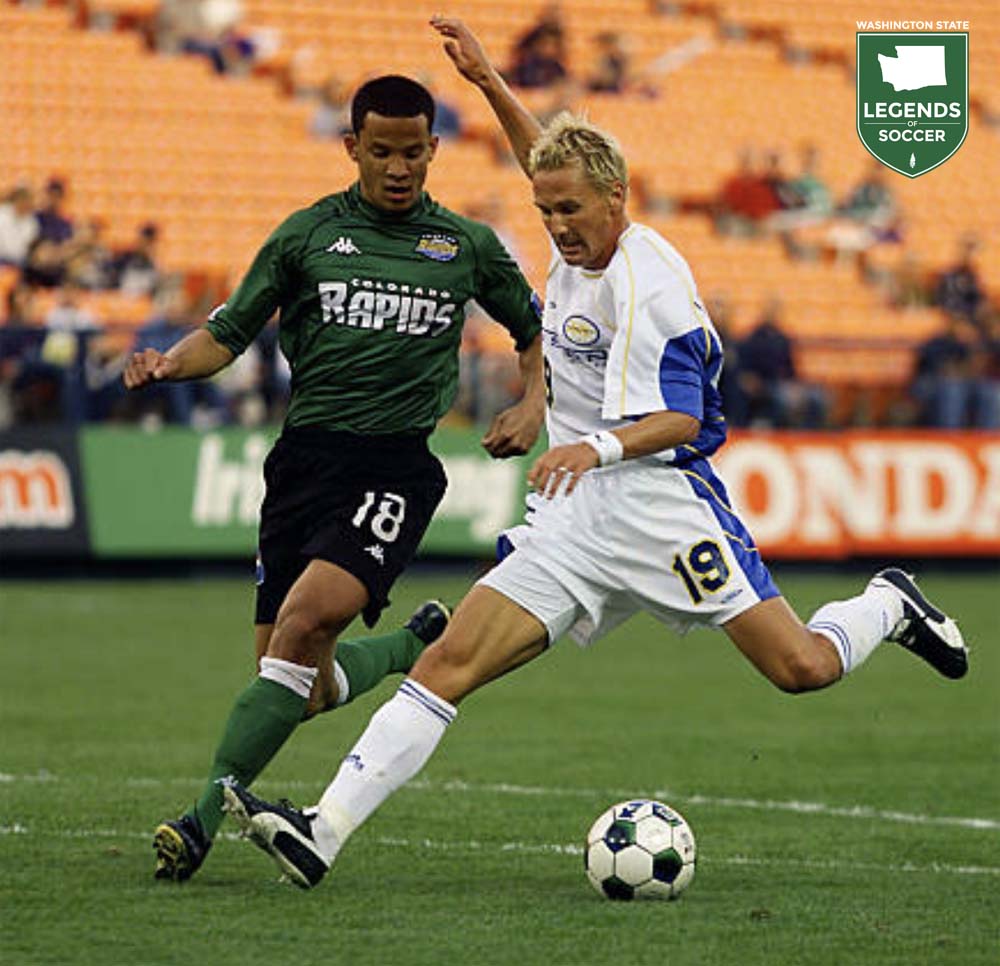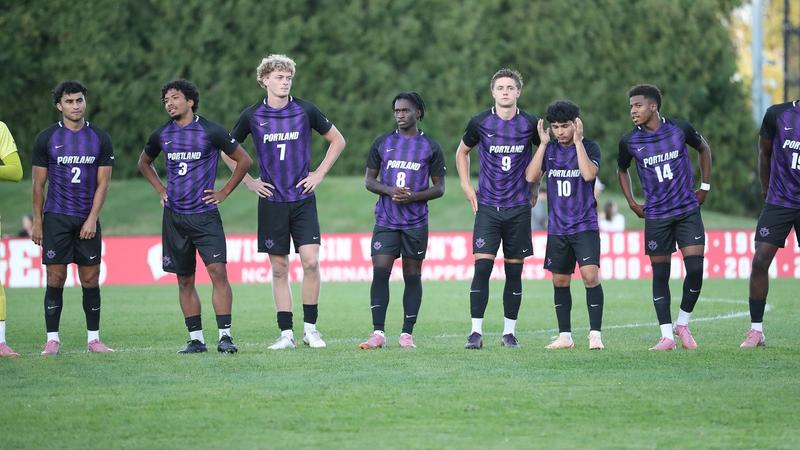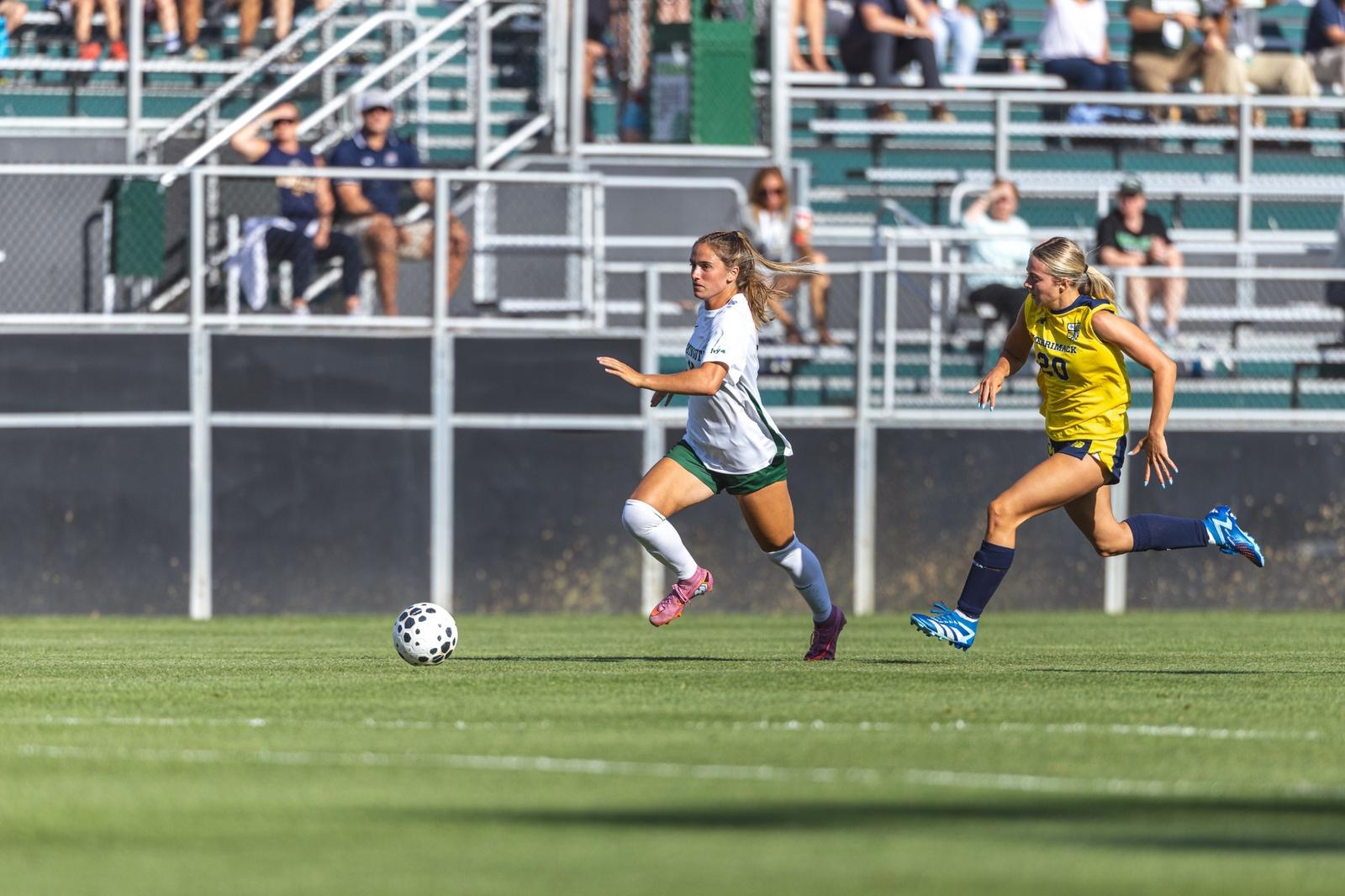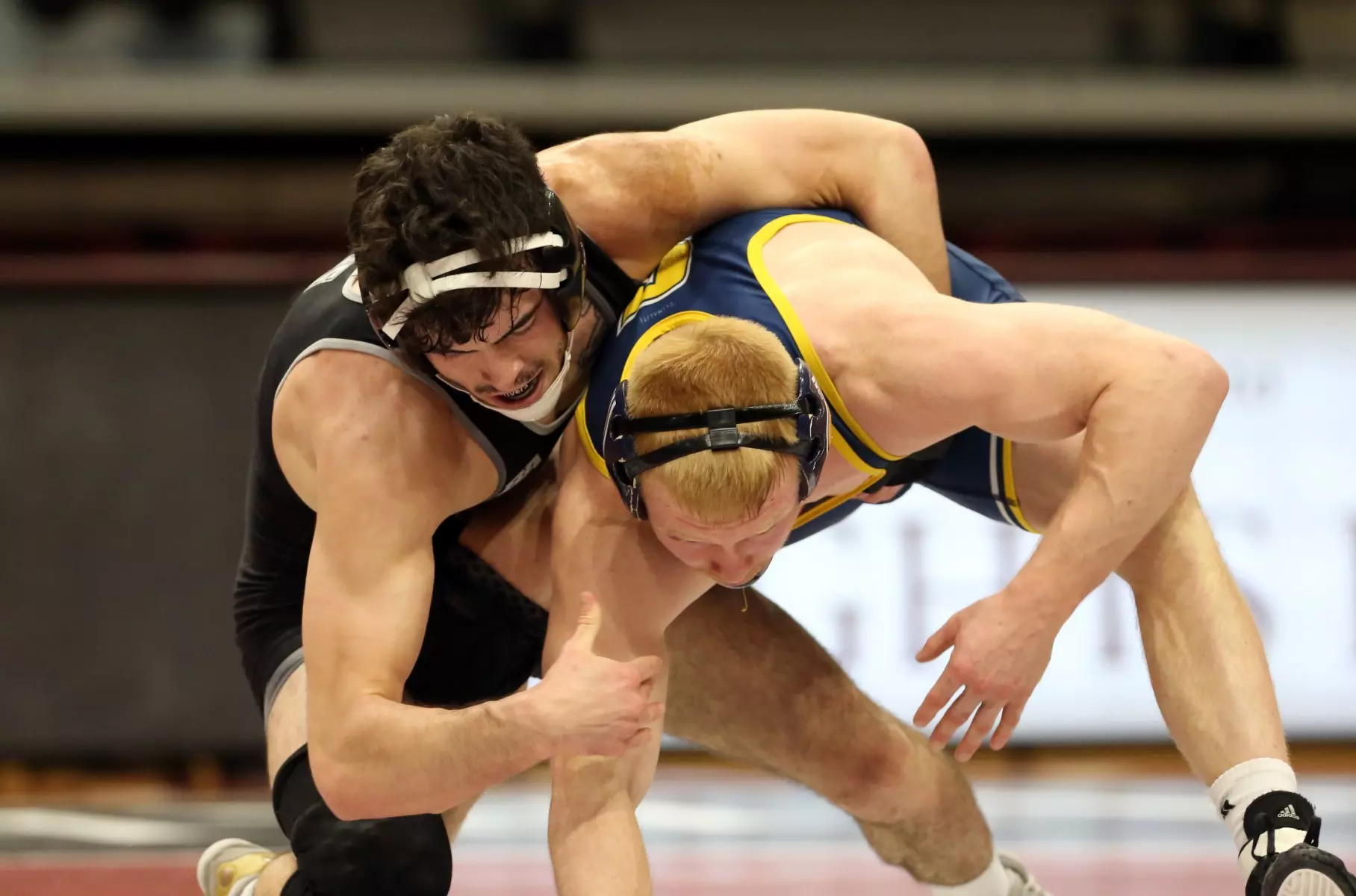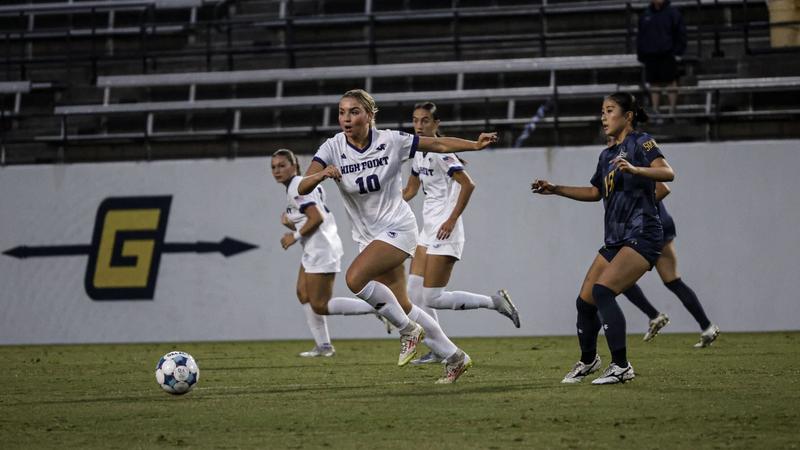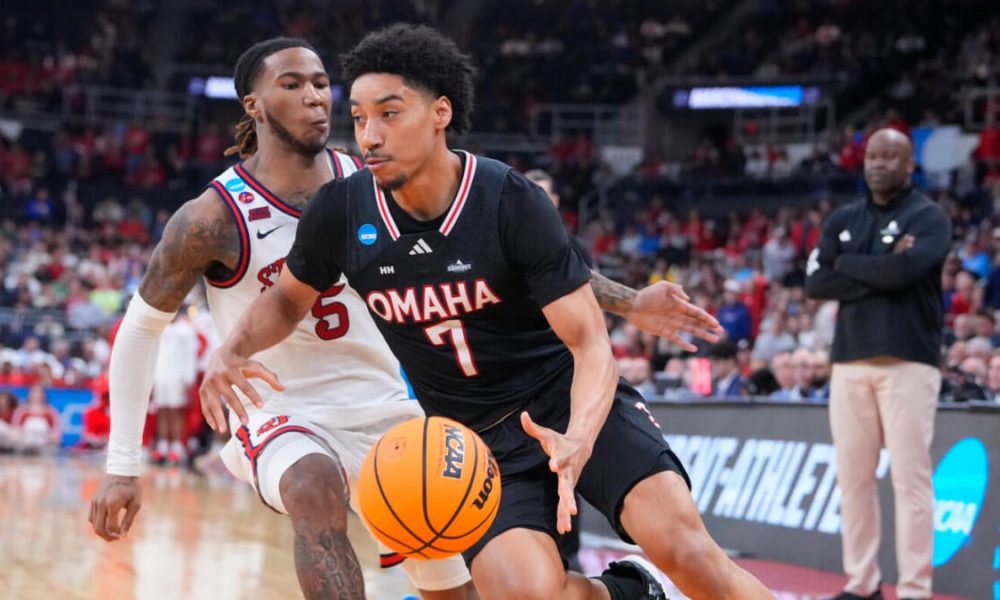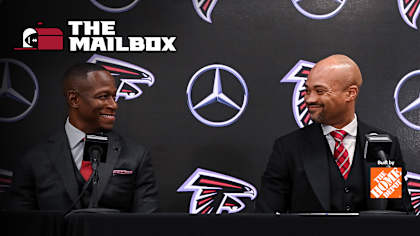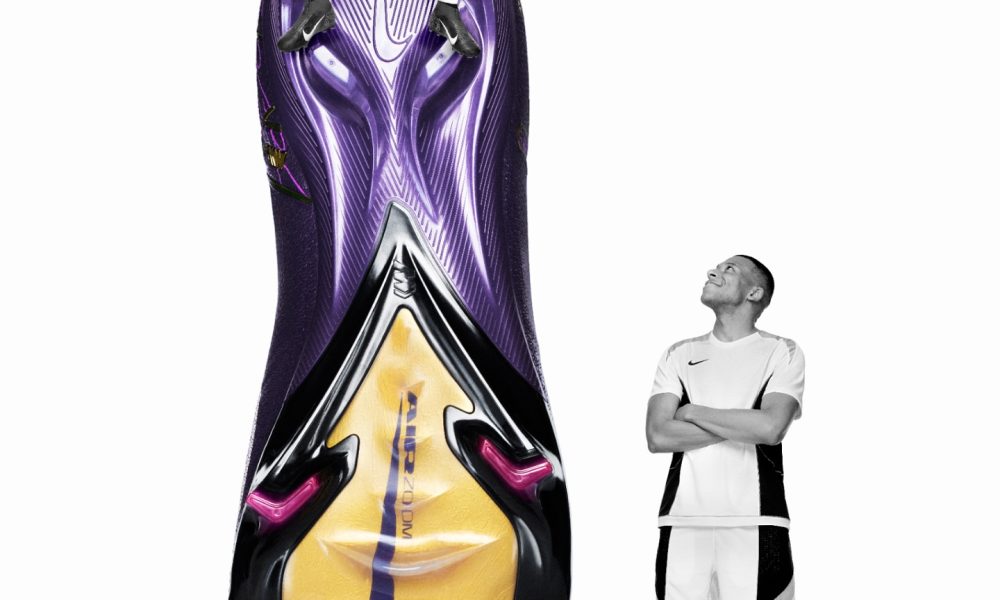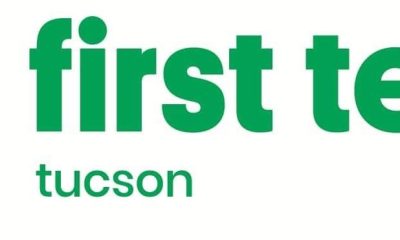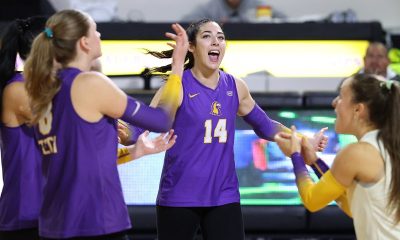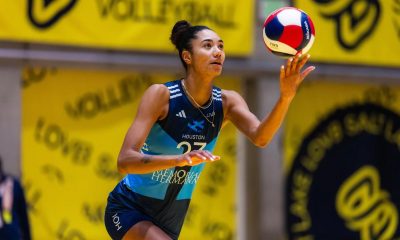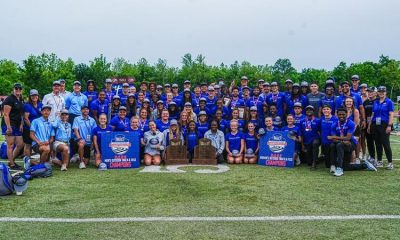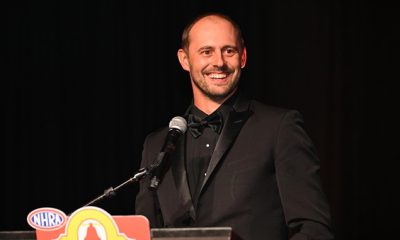
Download image
By Griffin Barfield
Clemson professor of sport and recreation management in the Department of Parks, Recreation and Tourism Management (PRTM), Skye Arthur-Banning, was at the London Paralympic Games in 2012 with a group of students when an idea came to him.
Five years later, that idea would form Clemson Paralympic Soccer, the only collegiate program of its kind in the nation. Now, on April 19 at 11 a.m., the team will be playing their first-ever match in front of a crowd at Historic Riggs Field.
History of Clemson Paralympic Soccer

Arthur-Banning was a soccer referee in 2012 working various professional leagues and U.S. Open cup games. Following the 2012 Paralympic Games, he decided to devote his time to Para soccer, seeing the high performance of blind and cerebral palsy (CP) soccer players during that time.
“Instantly, I knew that was my next step,” he said. “There’s my next opportunity to continue refereeing but also begin to support those with disabilities in sport environments.
Felipe Tobar, assistant professor in the PRTM department, is head coach of the team. Arthur-Banning took notice of Tobar in 2021 while he was assistant coach for Daniel High School’s varsity soccer team.
“They needed a coach, so they needed structured training sessions,” Tobar recalled. “Since I was doing that at Daniel, he invited me to join the program as a head coach. I immediately said yes.”
Strength through adversity
Strength through adversity is the team’s motto. Tobar encourages the team to play and live by this every day.

Currently, the team is made up of six players who have cerebral palsy, a neurological condition that can affect movement and posture. They also welcome players who have suffered a stroke or any severe brain injury.
Tobar has a connection with brain injury through his mother who had a stroke in 2011. He took care of her for eight years in Brazil before moving to the U.S. to earn his Ph.D. in parks, recreation and tourism management at Clemson.
“I saw what a stroke can do to a person, and I empathize with the players,” he said. “I had this background with my mom in which you can’t treat them as victims, you have to really see them as equals.”
Tobar pushes his players with drills and feedback three mornings a week.
“We keep the sessions intense and I don’t treat them differently,” he said.
The players expend three times the amount of energy on the field as able-bodied soccer players due to quicker muscle fatigue – therefore, their recovery process takes longer.
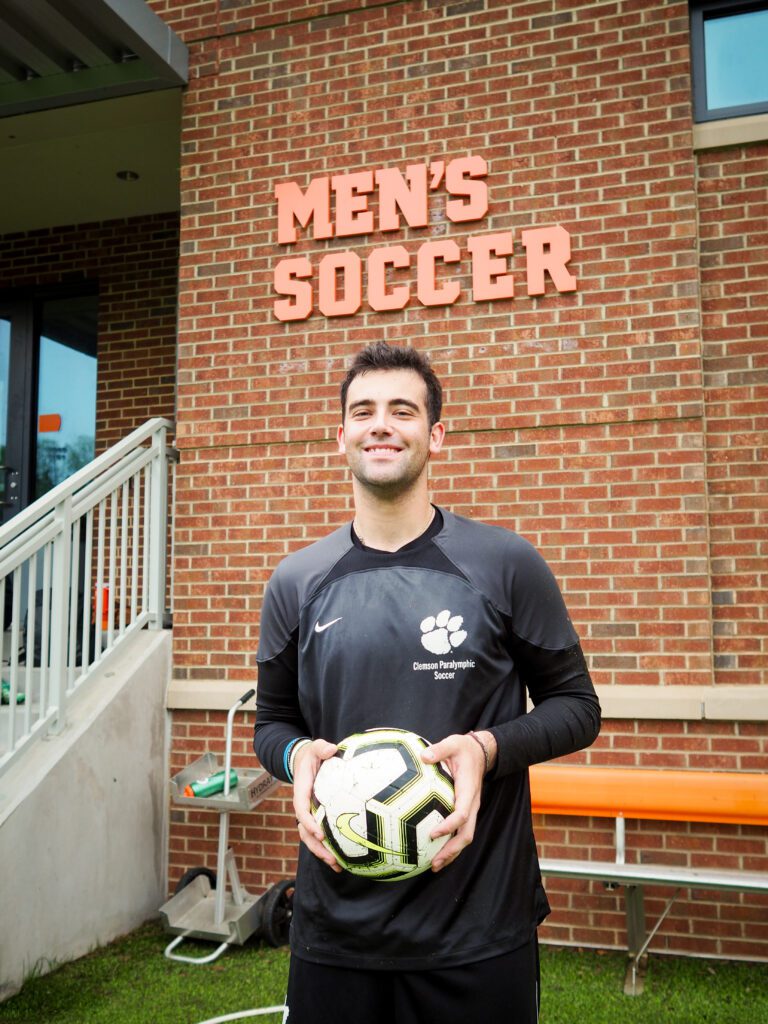
For goalkeeper Max Alberici, who has spastic diplegia which affects more than one limb, he burns almost four times more energy than the average player. Alberici is a senior sports communication major who grew up playing lacrosse but saw this as an opportunity to continue playing sports in college, which was his dream.
“I hadn’t played organized soccer since eighth grade and I just go ‘okay, I’m doing this,’” Alberici said when he first heard about the program.
Now as the team’s starting goalkeeper, he embraces the training sessions and their intensity.
“There is definitely an intensity that I do enjoy and I had to learn to enjoy,” Alberici said. “But I think overall, I think having a game to work towards is going to make this a lot easier, mentally, for me.”
Because this program at Clemson is unique, four of the team’s six players are also part of the player pool for the U.S. Men’s CP National Team, where they are regularly picked to play.
Midfielder Chile Chitulangoma, a junior mechanical engineering major, is one of those players who joined in the fall of 2022. He is hemiplegic on the left side of his body affecting his strength and coordination but takes advantage of playing quickly to overcome these obstacles. He describes the practices as tactical.

“A lot has to do with technical ability being refined with your technique on the ball,” Chitulangoma said. “So, a lot of the work we do has to do with a lot of different passing patterns and precise movements.”
In the beginning years of the program, the team would practice at local recreational fields like Nettles Park and the Snow Family Outdoor Fitness and Wellness Complex. Since 2024, the team practices at Clemson Soccer’s men’s and women’s practice facilities with help from Clemson Athletics.
“Athletics has given a lot of support to us,” Tobar said. “That elevated the level of our training sessions.”
As the only U.S. school with this type of program, Clemson allots eight scholarships that allow out-of-state players to pay in-state tuition — the only university in the world that does so for CP soccer.
The Match
Tobar describes the upcoming match as a debut for everyone — the first time Clemson Paralympic Soccer will play against other Paralympic soccer players from across the country for a trophy.
“We hope this game will bring attention to our program and the University,” Tobar said.
Players who have recently been admitted to play for the Tigers next season will also be on this all-star team of contenders. The captain of the U.S. Men’s CP National Team, Josh Burnais, will be coaching the opposing team.
CP soccer rules are slightly different from traditional soccer rules. The game will be played in two halves, each 30 minutes long. Compared to soccer’s standard 11-on-11 format, CP soccer is played 7-on-7 with field dimensions and goal sizes a little smaller.
Throw-ins can change to simply rolling the ball in underhand. If the ball unintentionally hits the CP-impacted hand in a natural position, there is no handball offense. These changes were made based on how the body functions for a CP player.

The event on April 19 will also be open to children with disabilities in the Upstate to have a one-hour clinic with the team from 9 to 10 a.m. to meet and play together. During the starting lineups, they will enter the field with the players.
“We want them to see their future on the pitch, so they can reflect and see that although there are barriers that they are going to face, it’s still possible to strive and succeed,” Tobar said.
For many of the players, it is a dream come true. Alberici grew up wanting to play in a stadium, and now his dream is becoming a reality.
My main goal was always to be a college athlete. The soccer piece was much later than almost every single one of my teammates, but I’d never thought I’d play college sports in a college stadium.
Max Alberici, goalkeeper, Clemson Paralympic Soccer
Meanwhile, for players like Chitulangoma, educating the public about overcoming adversity is what is most exciting.
“I think it’s a very unique opportunity to [educate about my disability] with a game of soccer,” Chitulangoma said. “I don’t think there’s a better way we could show our game and our disability to the community.”
Clemson Athletics is supporting the event. The day will see several Clemson Men’s and Women’s Soccer players making an appearance, with some taking part in halftime promotions.
Tobar also plans to auction signed soccer balls and other items to fundraise for the team.
That same weekend, Clemson Adaptive Sports and Recreation will be hosting the Palmetto Games, a regional adaptive sport event featuring track and field, swimming and air rifle competitions.
“We want to have as many people as possible,” Tobar said. “There are no other sports that are going to be playing that morning, so it’s a full day of Para sports.”
With kickoff set for 11 a.m. on April 19, Arthur-Banning, Tobar and the team are ready for their first organized CP game in program history, hoping to spread more awareness about Para sports and the work that the players have put in.
“I think this game provides that opportunity for them to showcase all the hard work that they’ve put in, all the skill and talent that they have and, hopefully, be able to do that in front of not only their Clemson peers, but their community at large,” Arthur-Banning said.
“This gives them that opportunity to show that off a little bit and feel like this is their payback, if you will. This is their moment.”
Arthur-Banning and Tobar are faculty fellows of the Robert H. Brooks Sports Science Institute at Clemson, sponsor of the trophy for the historic Paralympic soccer match.
Clemson Paralympic Soccer Match
April 19 at 11 a.m. at Historic Riggs Field
Free soccer clinic for children with disabilities, 9-10 a.m.
115 Alpha Beta Circle, Clemson, SC 29634
Get in touch and we will connect you with the author or another expert.
Or email us at news@clemson.edu

